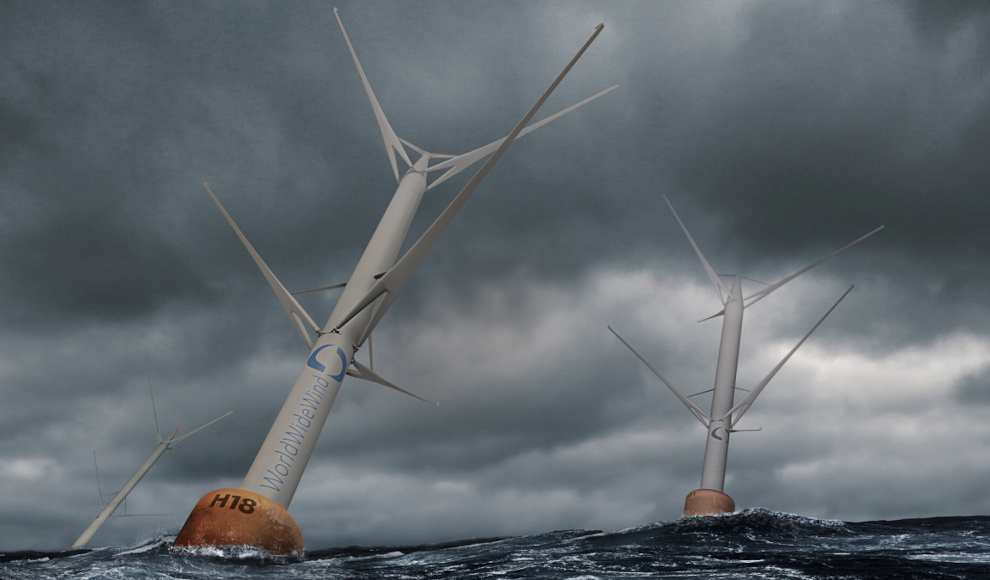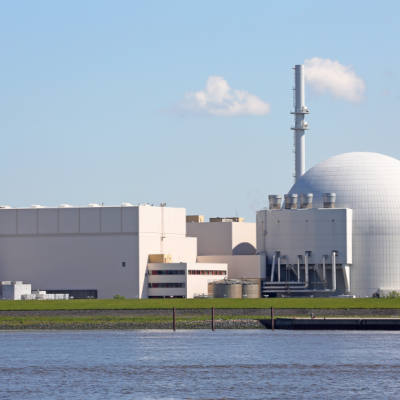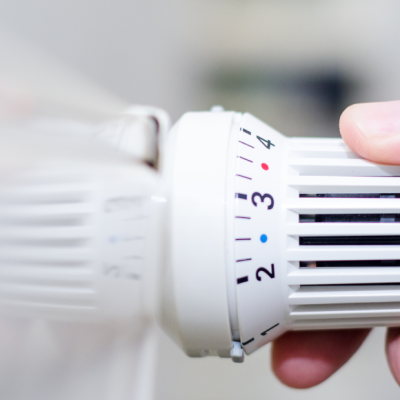Norwegian company World Wide Wind is developing an innovative offshore wind power plant that is expected to surpass the power output of current facilities. The new wind power plant will feature two rotors for use in the sea, similar to the floating wind power plant Nezzy2, which harnesses the strong winds at sea to produce electricity. However, unlike conventional wind power plants, the Contra-Rotating Vertical Turbine (CRVT) by World Wide Wind can be placed much closer together. The lower rotor of the Vertical-Axis Wind Turbines (VAWT) is fixed to the mast of the plant, while the upper rotor is attached to a shaft that runs inside the mast. The generator of the wind power plant is located at the bottom, along with the float and ballast.
The CRVT design allows for a higher relative rotational speed and therefore a greater power output compared to wind turbines with a fixed stator. Additionally, the system does not require a gearbox, making it simpler and easier to maintain than conventional wind power plants. Another advantage of the CRVT over a conventional wind turbine is that it does not need to rotate with the wind, but can be driven from all sides, similar to a sailboat. This, combined with the shape of the rotor blades, is expected to significantly reduce turbulence in the wake, allowing wind power plants to be installed closer together. According to World Wide Wind, the maximum size of the CRVT is 400 meters, with a power output of 40 megawatts. In comparison, the most powerful wind power plant currently available, the SG 14-222D by Siemens Gamesa, has a maximum output of 14 megawatts.
While the CRVT is still in the concept stage, World Wide Wind plans to produce a prototype with a power output of 3 megawatts by 2026. The company’s innovative design has the potential to revolutionize the wind power industry, providing a more efficient and cost-effective way to harness the power of the wind.










